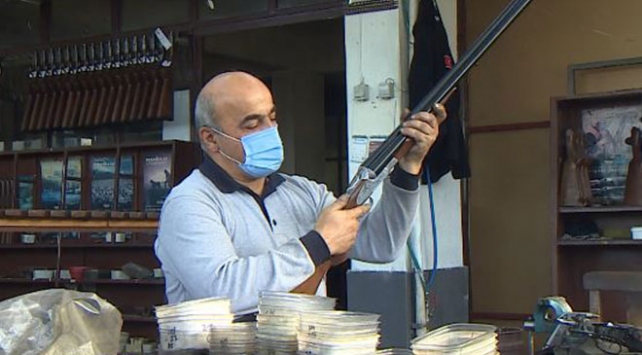The 6.5 Creedmoor can do nearly anything better than the 308./7.62 NATO but you see the differences after 600-700m so is it worth it to change? In my opinion not really since you have to ask yourself on which distances the most engagements happen and do you really need sniper support reaching the 1200m?
Biggest pro for the 7.62 NATO is that the barrel life is over twice as long as with the 6.5, which means the 7.62 is more economic in the long term.
Being firearms owner myself, I have debated/compared rounds and reloads extensively as a bit of a hobby (among friends etc).
This is the kind of debate that has gone back a very long time....it probably originated in strong way with the .220 swift which outperforms pretty much every 22 cal varmint round etc.
But the issue was things like barrel wear (like you mention) and related issues (esp. initially)...that compound in the early days of the round development/adoption vis-a-vis the industry capital investment + follow on production cycle research....and whatever the biggest buyer + user + economy of scale provider situation was like. You get leg in the big guy's door and you kind of set for life etc....later competitors find it difficult to unseat the OG coz of that.
That is why popular rounds today in the area like .22-250 won out in the end though they are ballistically inferior (to .220 swift) technically. .22-250 is still like 80% as good etc....but is superior in economy of the barrel etc, so it won out initially. .220 swift itself has very good barrels now (pricey) but kind of late to the party overall to make the huge presence impact.
I have a .22-250 myself, and I dont see need to get a .220 platform as I would rather spend elsewhere. So this opportunity cost always arises in general given inertia + well known + deployed entity etc.
It is also why I have .223 platform (5.56 NATO) too in this category...again it is ballistically inferior to .220 swift, but it has advantages in scale given it won out in debate (w.r.t barrel materials etc at the time) earlier.
You can use newer and better technology (with barrels etc)....or develop the RnD etc...but this all takes time and cost for mass-adoption platform....and the opportunity cost of spending that time and cost on something else.
A friend of mine that worked at lapua, told me as rule of thumb because of this a round needs like 20 - 30% significant improvement (over overall broad range of parameters past just ballistic performance) to really get past the deployed+tested RnD norms, inertia, tech heritage, logistics etc...these days in military side of things.
He said so even though they of course do lot of round and ballistics research all the time, there is huge wealth of data all these companies sit on regarding it. But the next steps are where the larger obstacles are w.r.t mass scale production and adoption etc.
Special forces it gets a bit easier given more buffer for specialist cost for last mile performance...but really only US has special force raw size in world to drive things here.
So its tough for new entrants like Creedmoor even past the good point you bring up (where are the frequent range engagements to begin with?) w.r.t "worth it" analysis. Creedmoor maybe has 10% in their improvement matrix iirc (that incorporates lot of the industry production + QC matters + RnD needs)...like its significant but not signficant enough.
==============================================================
BTW I love turkish made firearms....I own quite a nice pair of shotguns made in turkey (tristar raptor 20 gauge)....
They perform very reliably for their pricepoint.










